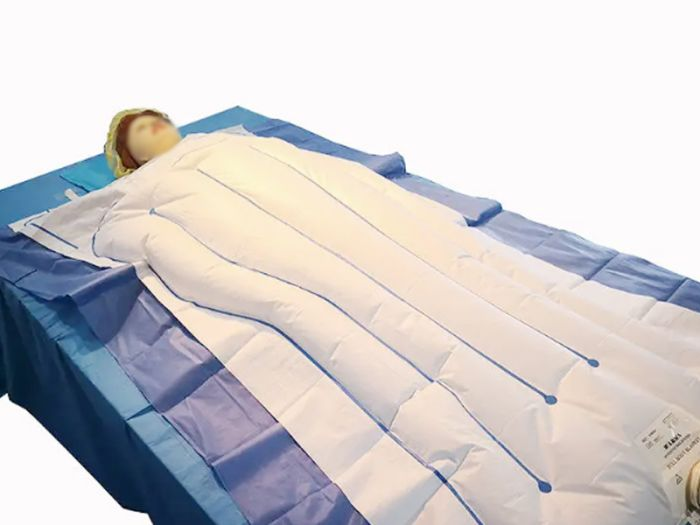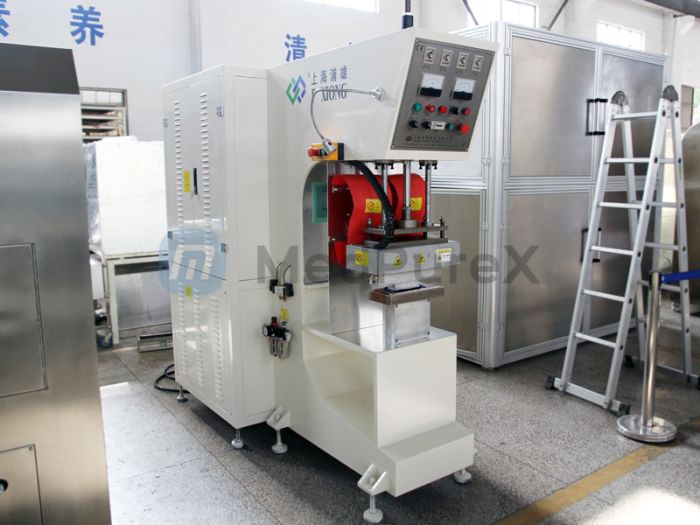Control of production cost of ear wash ball
Cost Control for Ear-Cleaning Bulbs
I. Raw Material Cost Control
- Procurement Management:
- Establish long-term cooperative relationships with multiple suppliers. Compare prices, quality, and services across suppliers to select raw materials with the optimal cost-performance ratio. Regularly evaluate supplier performance to ensure stable supply and effective cost control.
- Material Selection: Prioritize cost-effective raw materials while meeting product quality standards. For example, use stable and moderately priced rubber materials as the primary raw material for ear-cleaning bulbs.
II. Production Cost Control
- Productivity Enhancement:
- Introduce advanced production equipment and technologies to increase automation, reduce manual labor, and lower labor costs. Optimize production workflows to minimize waste and improve efficiency.
- Process Improvement: Adopt scientific manufacturing techniques, such as injection molding technology for ear-cleaning bulb production, to reduce costs and enhance product quality. Regularly maintain molds to ensure precision and stability, thereby reducing defect rates.
III. Inventory Cost Control
- Reasonable Inventory Levels:
- Develop inventory plans based on market demand and sales forecasts to avoid overstocking and capital tie-up. Monitor inventory to promptly address expired or damaged goods.
- Inventory Turnover Acceleration: Optimize logistics and sales strategies to accelerate turnover. Implement FIFO (First-In, First-Out) inventory management to ensure timely sales.
IV. Energy and Auxiliary Material Cost Control
- Energy Conservation and Emission Reduction:
- Reduce energy consumption and waste emissions by utilizing natural lighting, minimizing equipment usage, and lowering utility expenses.
- Auxiliary Material Savings: Manage auxiliary materials (e.g., cleaning agents, lubricants) through controlled usage and recycling to reduce consumption and costs.
V. Labor Cost Control
- Rational Staffing:
- Align staffing with production needs and employee capabilities to avoid redundancy. Enhance training and management to improve workforce efficiency.
- Compensation and Benefits Management: Design fair salary and benefits systems to motivate employees and reduce turnover. Link pay to performance evaluations to ensure effective labor cost control.



